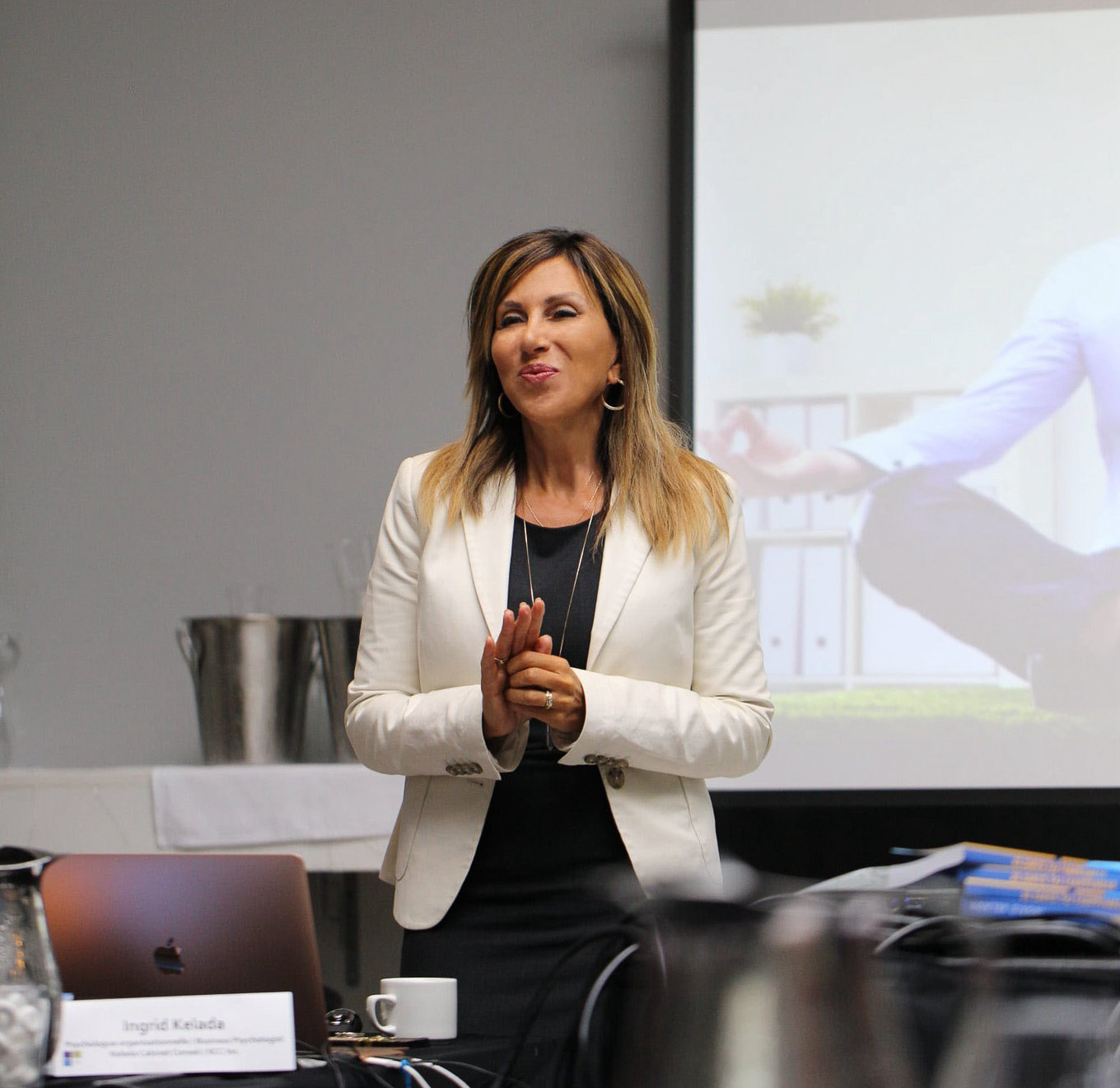3 Big Benefits of Ongoing Training
3 Big Benefits of Ongoing Training In today’s fast-paced and ever-evolving job market, ongoing training isn’t just a luxury—it’s a necessity. As industries transform and technology advances, the once cutting-edge skills can quickly become obsolete. Investing in regular professional development can unlock new opportunities, boost performance, and ensure that both individuals and businesses remain competitive in a rapidly changing world. As kids head back to school, take a moment to think about how returning to the classroom (literally or figuratively) would benefit you and your team. Ongoing training provides much more than critical opportunities for career advancement. It offers a path to increasing your team’s productivity and boosting employee retention. Continued development for your employees also enhances the organization’s reputation. Let’s take a closer look at how this works. 1. Increased Productivity. Learning new skills allows your team to streamline workflow using new tools. From improving technology to optimizing processes to increasing customer satisfaction and retention, training offers a multitude of benefits to an organization. Training also improves accuracy, and efficiency and boosts confidence. There’s no replacement for the satisfaction that comes from doing a job well. 2. Improved Employee Retention. Not only does continued training help your team members do their jobs more efficiently, but it also improves engagement. Training is an investment. It sends a signal to employees that you value them and want them to succeed in their careers. In many cases, it also provides opportunities for advancement or job enrichment within the organization. Though continued training takes time away from the daily tasks employees must manage, improving employee retention means you spend more time boosting your existing team’s productivity and less time bringing brand-new employees up to speed on performing basic tasks. 3. Enhanced Company Reputation. Another big benefit of ongoing training is that it enhances your company’s reputation. In this competitive economy, finding something that sets your organization apart from others can be the difference between success and failure. Continued education is a great way to differentiate your team from others in the field, as it shows dedication to excellence and investment in a positive customer experience. A better reputation also benefits the organization in the job market. When it comes time to add a new team member to the group, having a great reputation in your industry will help attract high-quality candidates who recognize the organization’s value for its employees. Get Back to School Now is the perfect time to invest in continuing education for you and your team. Start a wish list of training topics your team would benefit from and commit to a budget for continued training. Need help getting your list started? Check out our 30 interactive sessions, based on scientifically proven methods and led by industry experts. Have questions about our topics? Contact us today for further information on how we can help you and your team work smarter, not harder.


